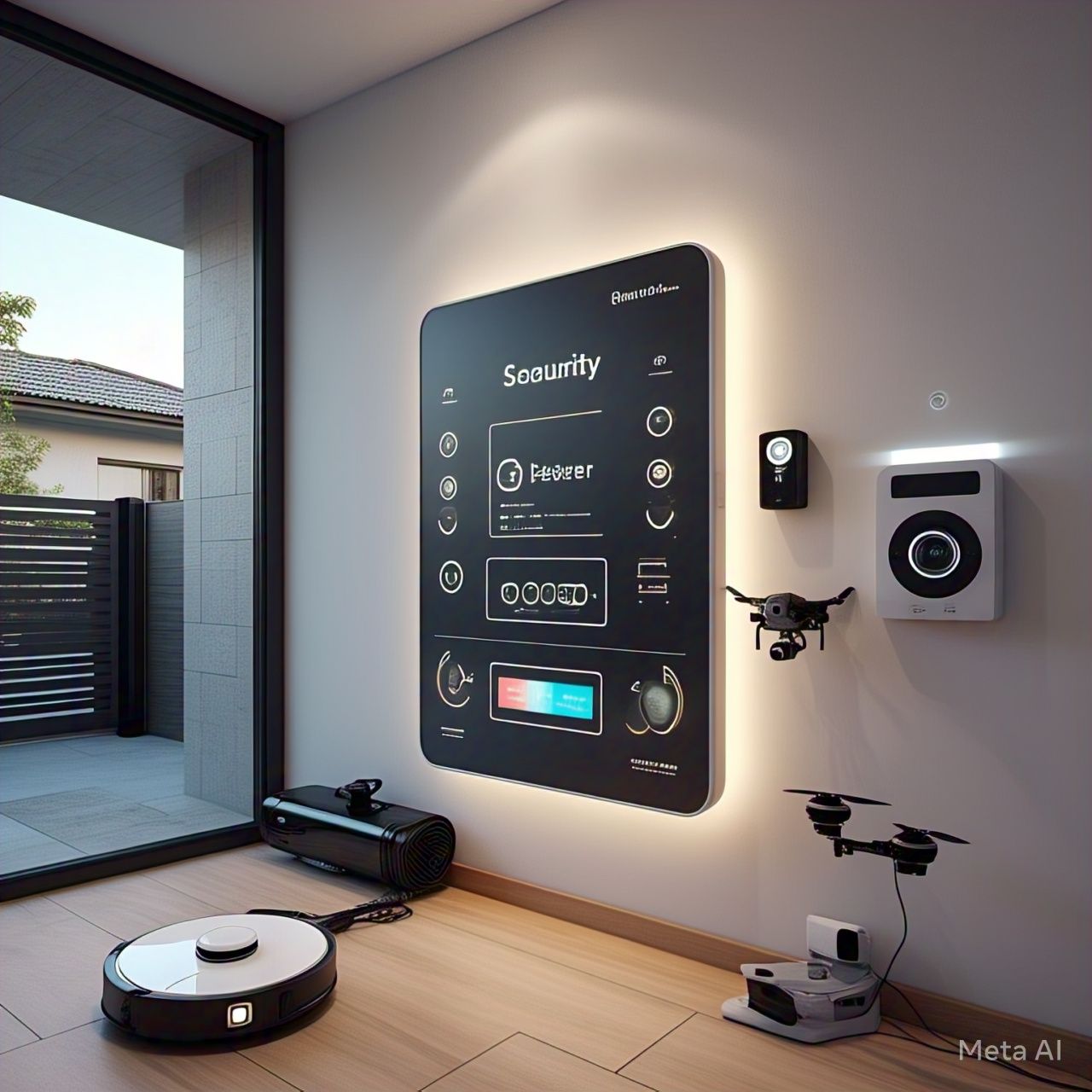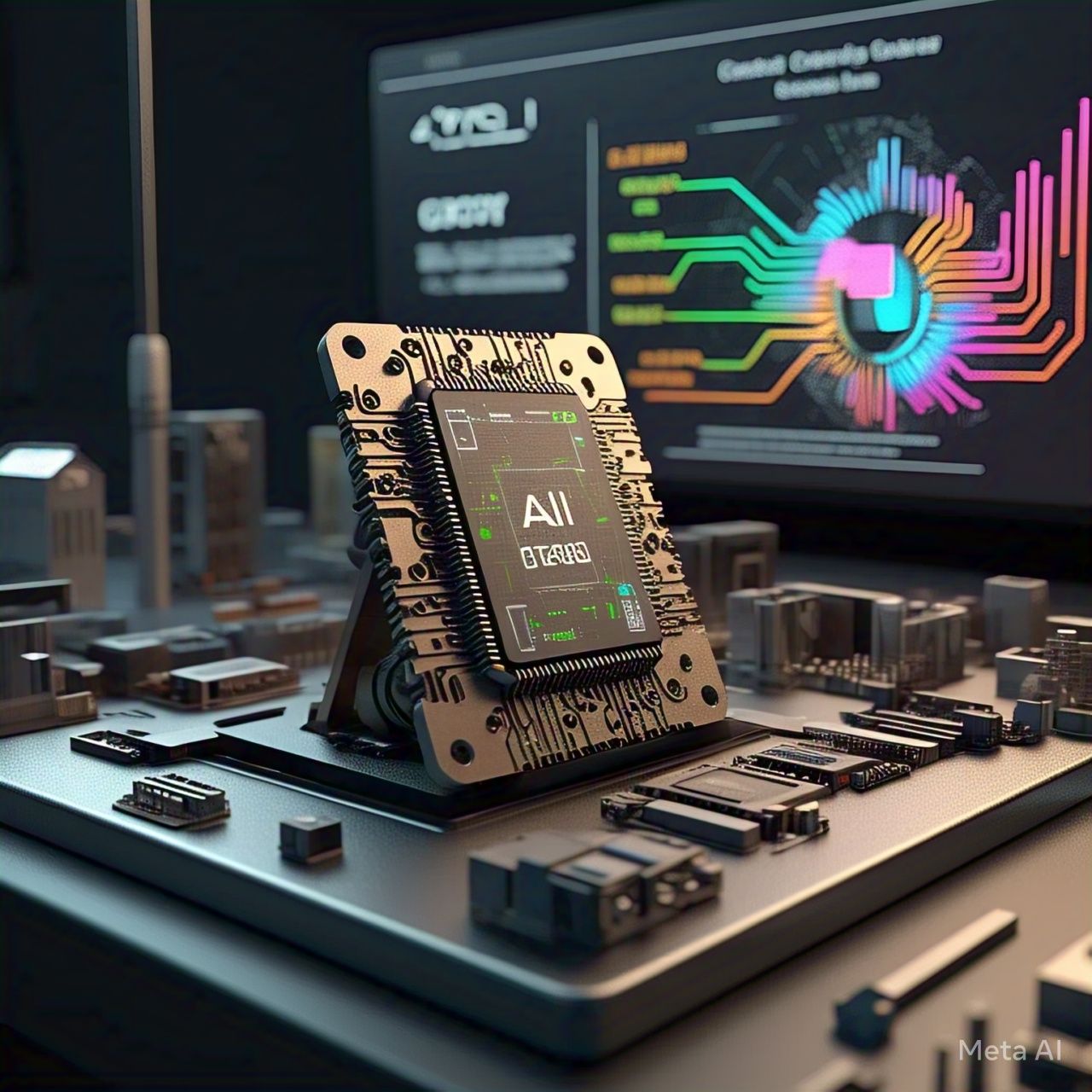Table of Contents
- Introduction
- The Evolution of Home Security Systems
- How AI is Transforming Home Security
- AI-Powered Surveillance and Facial Recognition
- Smart Alarm Systems and Real-Time Threat Detection
- AI-Driven Access Control: Smart Locks and Biometric Security
- AI and Cybersecurity for Smart Homes
- AI in Fire and Hazard Detection
- Case Studies of AI-Driven Home Security
- Benefits of AI-Powered Security Systems
- Challenges and Ethical Considerations of AI in Home Security
- The Future of AI in Home Security
- Conclusion
- FAQs
1. Introduction
Home security has evolved significantly over the years. With the advancement of artificial intelligence (AI), homeowners now have access to smarter, more responsive security systems that not only detect threats but also take proactive measures to ensure safety. AI-driven home security systems leverage machine learning, automation, and real-time analytics to offer comprehensive protection against intrusions, theft, and other safety hazards.
2. The Evolution of Home Security Systems
Home security has transitioned from traditional lock-and-key mechanisms to sophisticated AI-powered solutions.
Table: Evolution of Home Security Systems
| Era | Security Features | Technology Used |
|---|---|---|
| 20th Century | Basic locks, manual alarms | Mechanical & analog tech |
| 2000s | CCTV cameras, wired alarm systems | Basic digital surveillance |
| 2010s | Smart locks, motion sensors | IoT, cloud storage, mobile apps |
| 2020s | AI-based security, facial recognition, real-time alerts | AI, ML, smart automation |
3. How AI is Transforming Home Security
AI enhances home security by integrating machine learning, computer vision, and automation. Some ways AI is revolutionizing home security include:
- Facial Recognition: Identifies and distinguishes between family members, friends, and strangers.
- Behavior Analysis: Detects unusual activities and alerts homeowners.
- Automated Alerts: Sends real-time notifications in case of unusual movements or security breaches.
- Smart Alarms: AI-powered alarms distinguish between false alarms and genuine threats.
4. AI-Powered Surveillance and Facial Recognition
AI-enhanced security cameras offer features such as:
- Motion detection – Identifies and alerts homeowners to unusual movements.
- Real-time monitoring – Access live security feeds from any device.
- Object recognition – Differentiates between people, pets, and inanimate objects.
- Facial recognition technology – Recognizes known individuals and alerts homeowners about unknown visitors.
- Automated alerts – Sends instant alerts if unauthorized access is detected.
5. Smart Alarm Systems and Real-Time Threat Detection
AI-driven alarm systems offer:
- Automated threat analysis: Detects potential intrusions and determines threat levels.
- Smart motion sensors: AI differentiates between normal movements and suspicious activity.
- Instant notifications: Alerts homeowners via mobile apps and smart devices.
- Integration with law enforcement: AI-based systems can notify authorities during emergencies.
6. AI-Driven Access Control and Smart Locks
AI-integrated smart locks offer a more secure way to manage access to homes.
Key features include:
- Biometric authentication – Face, fingerprint, or voice recognition for authorized entry.
- Remote access control – Homeowners can lock/unlock doors remotely via mobile apps.
- Temporary digital keys – Allow guests or service providers access with time-sensitive codes.
- Activity logs – Tracks and records all entries and exits for security purposes.
7. AI for Cybersecurity in Smart Homes
As homes become more connected, they also become vulnerable to cyber threats. AI-driven security software helps protect smart homes from cyber risks through:
- Intrusion detection systems that monitor and block unauthorized access.
- Behavioral analytics that detect unusual online activities in home networks.
- AI-driven antivirus programs that identify and eliminate cyber threats.
8. AI in Fire and Hazard Detection
Smart homes can detect hazards and prevent disasters through AI-powered safety mechanisms.
- Smoke and carbon monoxide detection – AI analyzes air quality and detects harmful gases.
- Water leak detection – Smart sensors identify water leaks and shut off water supplies automatically.
- Gas leak monitoring – AI alerts homeowners in case of gas leaks, preventing fires and health hazards.
- Disaster alerts and automated responses – AI integrates with emergency response systems for timely actions.
9. AI and Energy-Efficient Security
AI in smart homes not only enhances security but also contributes to energy conservation.
- Automated lighting systems – Lights turn on only when motion is detected.
- AI-powered thermostats – Adjust home temperature based on occupancy.
- Energy monitoring – AI analyzes and reduces unnecessary energy consumption.
- Smart appliances – Refrigerators, ovens, and washing machines optimize energy use based on real-time data.
10. Conclusion
AI-driven smart home security is revolutionizing modern living. With intelligent surveillance, automated security systems, and smart access controls, AI ensures safety while enhancing convenience. However, addressing privacy and security concerns is vital for widespread adoption. As technology advances, AI-powered smart homes will continue to evolve, offering a seamless blend of safety, efficiency, and innovation.
11. FAQs
1. How does AI improve home security?
AI enhances security through facial recognition, motion detection, automated alerts, and integration with law enforcement agencies.
2. Can AI-powered security systems prevent burglaries?
Yes, AI can detect unusual behavior, recognize faces, and send real-time alerts to homeowners and authorities, helping prevent intrusions.
3. Are smart locks secure?
Smart locks use encryption and biometric authentication, making them more secure than traditional locks. However, proper cybersecurity measures are necessary to prevent hacking.
4. Do AI security systems require internet access?
Many AI security systems use cloud-based technology and require an internet connection, but some have offline functionality as well.
5. Can AI prevent false alarms in security systems?
Yes, AI can distinguish between harmless movements (like a pet walking) and real threats (like an intruder), reducing false alarms.
6. What are some leading AI home security brands?
Popular AI-driven security brands include Ring, Nest, Arlo, SimpliSafe, and Eufy.
7. Is my privacy at risk with AI home security?
AI security systems collect and analyze data, so homeowners should use strong passwords, enable encryption, and choose devices with robust privacy features.
8. How much does an AI-powered smart security system cost?
Costs vary depending on the features, with basic systems starting around $100, while high-end security solutions can cost over $1,000.
9. Can AI recognize different family members?
Yes, AI-powered security cameras can differentiate between family members, guests, and unknown individuals using facial recognition technology.
10. What is the future of AI home security?
Future AI home security advancements include predictive analytics, enhanced privacy protection, and full home automation with integrated emergency response systems.




